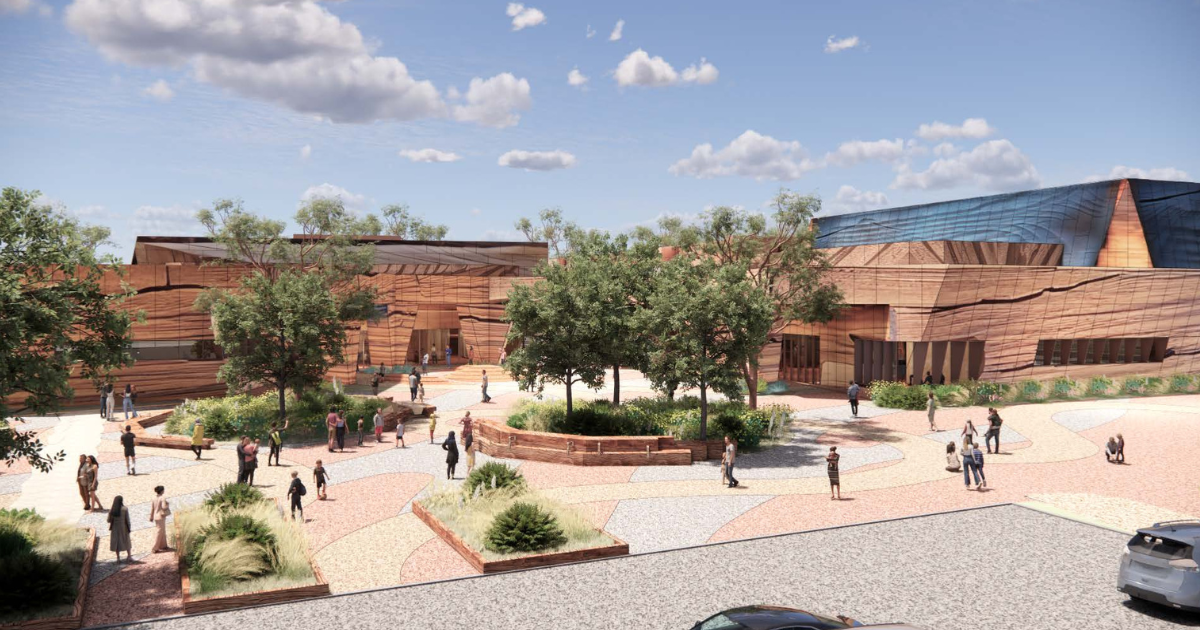A vision for Geelong’s future
LAST month marked seven years since the City of Greater Geelong endorsed the community-vision document, Greater Geelong: A Clever and Creative Future.
The key aim stated in that document is that by 2047, Greater Geelong will be internationally recognised as a clever and creative city-region that is forward looking, enterprising and adaptive, and cares for its people and environment.
As part of this vision, Council has in recent years had a strong focus on our region’s economy and employment, the environment, arts and culture, transport connections, safety, tourism, leadership and digital access.
The last point, digital access, is such a vital facet of a thriving community.
Council has worked hard to position Geelong as a Smart City, which means we want to continue to improve the quality of life for the community by embracing digital technology, using data and fostering innovation.
Smart cities are inclusive, connected, sustainable, resilient and prosperous, and they help to deliver improved community experiences by providing more efficient services.
In effect, smart cities are better places to live, learn, work and visit.
What is sometimes overlooked by people in thriving communities like Greater Geelong, is that there still exists an unfortunate digital divide.
The digital divide does not simply refer to the gap between people who have access to modern information and communications technology, and those who don’t.
Even among communities with some access to technology, the digital divide can exist in the form of lower-quality computers and lower-speed internet connections.
As is often the case in situations where some groups have more advantages than others, there are certain demographics that are over-represented within the digital divide.
This includes migrants with low English proficiency, the elderly and those from lower socio-economic backgrounds.
Identifying and acknowledging this gap is a starting point, but addressing it takes a collective approach from all levels of government and leaders in the not-for-profit, education and corporate sectors.
Recently Geelong Regional Library Corporation held information sessions at Corio Library and Newcomb Library for an initiative launched by the federal government to alleviate some of the issues I have mentioned.
The School Students Broadband Initiative (SSBI) is aimed at boosting opportunities in education while narrowing the digital divide.
The program provides free internet service for eligible households until the end of 2025.
So if you are currently caring for a school-aged child or children, live in an NBN-serviced area and don’t already have NBN access, you may be eligible to access help to get connected.
While the information sessions have already taken place, I highly recommend visiting your local library to explore what opportunities there might be for you to benefit from this program.
I would particularly like to encourage those in my Windermere Ward to use this initiative.
We know that children who can access online learning at home as part of their education are more likely to engage in classroom activities.
Having access to fast internet at home also helps children build their digital skills while giving them the confidence to contribute to and participate in a world that is increasingly dependent on digital technology.
These types of programs will go a long way to ensuring Greater Geelong continues its push towards being internationally recognised as a clever and creative city-region.
Cr Anthony Aitken
Deputy Mayor,
City of Greater Geelong


















